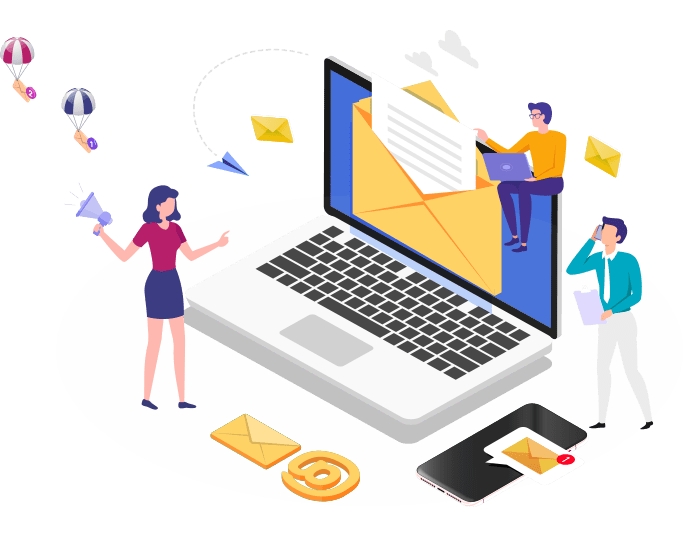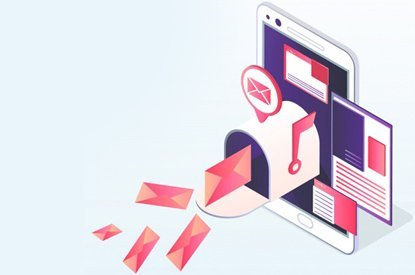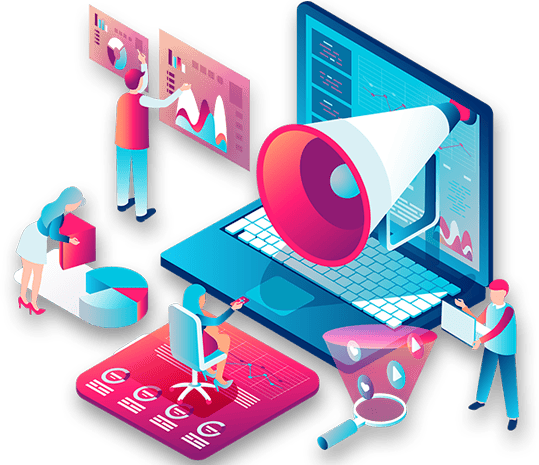Hey friend! Ever feel like your email marketing is just… meh? Like you’re sending out messages into a void, hoping someone, anyone, will open them?
It’s frustrating, right? You pour your heart and soul into crafting the perfect email, only to be met with crickets. But what if I told you there’s a secret sauce to email marketing? A way to transform your words from ordinary to extraordinary?
That’s where email marketing alchemy comes in. Just like alchemists of old sought to turn lead into gold, we can transform our emails into powerful tools that captivate our audience and drive conversions.
Why Storytelling is Your Secret Weapon
You know that feeling when you get sucked into a captivating story? You forget about everything else, hanging onto every word, desperate to know what happens next. That’s the power of storytelling, and it’s something we can harness in our email marketing.
Storytelling isn’t just about spinning yarns; it’s about connecting with your audience on a deeply human level. By weaving narratives into our emails, we make them more relatable, memorable, and impactful. Think about it: people are 22 times more likely to remember a story than a fact. That’s HUGE!

The Alchemy of Characters, Conflict, and Resolution
So, how do we actually infuse storytelling into our emails? It all starts with understanding the core elements of a compelling narrative:
- Characters: Every good story needs a protagonist (your reader) and an antagonist (the problem they’re facing). Make your reader the hero of the story, facing a challenge they can relate to.
- Conflict: This is the heart of your story—the struggle your reader is trying to overcome. It could be anything from feeling overwhelmed by their inbox to struggling to achieve a specific goal.
- Resolution: This is where you swoop in as the wise mentor, offering your product or service as the solution to their problem. Show how your offering can help them conquer their challenges and achieve their dreams.
Here’s an example:
Imagine you’re selling productivity software. Instead of simply listing features, tell a story about a frazzled professional (your reader) who’s drowning in to-dos and feeling completely overwhelmed. Then, introduce your software as the life-saving solution that helps them regain control, streamline their work, and achieve a sense of calm. See the difference?
The Power of Three: Your Storytelling Magic Wand
Ever notice how things that come in threes just sound better? Think “life, liberty, and the pursuit of happiness” or “blood, sweat, and tears.” That’s the power of three at work, and it’s a storytelling technique we can use to make our emails more memorable and persuasive.
Here are a few ways to use it:
- Structure your email in three parts: Introduce the problem, present your solution, and end with a call to action.
- Highlight three key benefits of your product or service.
- Share three customer testimonials to build social proof.
By incorporating the power of three, you’ll add a sense of rhythm and completeness to your emails, making them more engaging and persuasive.
Unlocking the Secrets of the Buyer’s Journey
The key to truly alchemizing your emails is to tailor your stories to the specific stage of the buyer’s journey your reader is in.
- Awareness Stage: At this stage, your reader is just becoming aware of their problem. Your goal is to educate and build empathy, showing them you understand their pain points. Use problem stories that highlight their frustrations and make them realize they need a solution.
- Consideration Stage: Now, your reader is actively searching for solutions. It’s time to shift to solution stories, showcasing how your product or service can help them overcome their challenges. Focus on benefits, features, and social proof to build trust and credibility.
- Decision Stage: Your reader is ready to buy but might need a final nudge. This is where success stories shine! Share testimonials, case studies, and data that demonstrate the amazing results others have achieved with your offering.
By understanding where your reader is in their journey, you can craft stories that resonate with their specific needs and desires, guiding them seamlessly towards conversion.

Mastering the Art of Emotional Alchemy
Ready to take your email marketing to the next level? It’s time to tap into the power of emotion. Remember, 95% of purchasing decisions are made subconsciously based on emotions. Crazy, right?
Here are a few techniques to evoke emotion in your emails:
- Use sensory language: Paint vivid pictures with your words, appealing to your reader’s senses of sight, sound, touch, taste, and smell.
- Share relatable anecdotes: Personal stories are incredibly powerful. Don’t be afraid to inject some of your own experiences into your emails to create a sense of connection and authenticity.
- Appeal to your reader’s values: What do they care about? What motivates them? Align your messaging with their core values to create a deeper sense of resonance.
By tapping into the emotional side of email marketing, you’ll transform your emails from simple messages into powerful experiences that captivate your audience and inspire action.
The Golden Rules of Email Marketing: Tips for Crafting Compelling Content
Now that we’ve explored the alchemy of storytelling and emotion, let’s dive into some practical tips for crafting emails that truly shine:
1. Unleash the Power of a Killer Subject Line
Your subject line is your email’s first impression—make it count! Think of it as a mini-story in itself, designed to pique your reader’s curiosity and entice them to open. Here are a few ideas:
- Ask a thought-provoking question: “Are you making these common email marketing mistakes?”
- Create a sense of urgency: “Limited-time offer: Get 50% off our best-selling course!”
- Personalize it: “Hey [Name], we have something special just for you!”
2. Embrace the Power of Visual Storytelling
Words are powerful, but visuals can take your emails to the next level. Use high-quality images, videos, and even GIFs to break up text, add visual interest, and further enhance your storytelling.
3. Make it Scannable
People are busy. No one has time to wade through walls of text. Format your emails for easy reading by using:
- Short paragraphs: Break up long blocks of text to make your emails easier on the eyes.
- Bullet points and numbered lists: Highlight key information and make your emails more scannable.
- Bolding and headings: Draw attention to important points and guide your reader through your message.
4. Write Like You Speak
Email is a personal medium. Don’t be afraid to let your personality shine through in your writing. Use a conversational tone, as if you’re writing to a friend. It will make your emails more engaging and relatable.
5. Don’t Forget the Call to Action
What do you want your reader to do after reading your email? Make it crystal clear with a strong call to action. Use action-oriented language and make it easy for them to take the next step, whether it’s visiting your website, downloading a resource, or making a purchase.

Conclusion
So there you have it, friend! The secrets of email marketing alchemy are revealed. Remember, it’s all about connecting with your audience on a human level. By weaving storytelling, emotion, and strategic best practices into your emails, you can transform your words from ordinary to extraordinary, driving engagement, building relationships, and ultimately achieving your marketing goals. Embrace the power of personalization, tailoring your messages to meet the unique needs and interests of each recipient. This email marketing strategy transformation can significantly enhance your outreach, ensuring that each interaction resonates deeply. Always analyze your results to refine and elevate your approach, making each campaign more impactful than the last.
Now go forth and alchemize those emails!
FAQs
How do I know what kind of stories will resonate with my audience? The best way to understand what your audience wants is to get to know them! Analyze your data, conduct surveys, and pay attention to social media engagement to see what topics and content they respond to.
I’m not a natural storyteller. Any tips for getting started? Start small! You don’t need to write epic novels for your emails. Begin by incorporating simple anecdotes or customer testimonials to add a touch of human interest.
How do I track the success of my email storytelling efforts? Pay attention to your email marketing metrics! Track open rates, click-through rates, conversions, and unsubscribes to see how your storytelling is impacting engagement and results.

